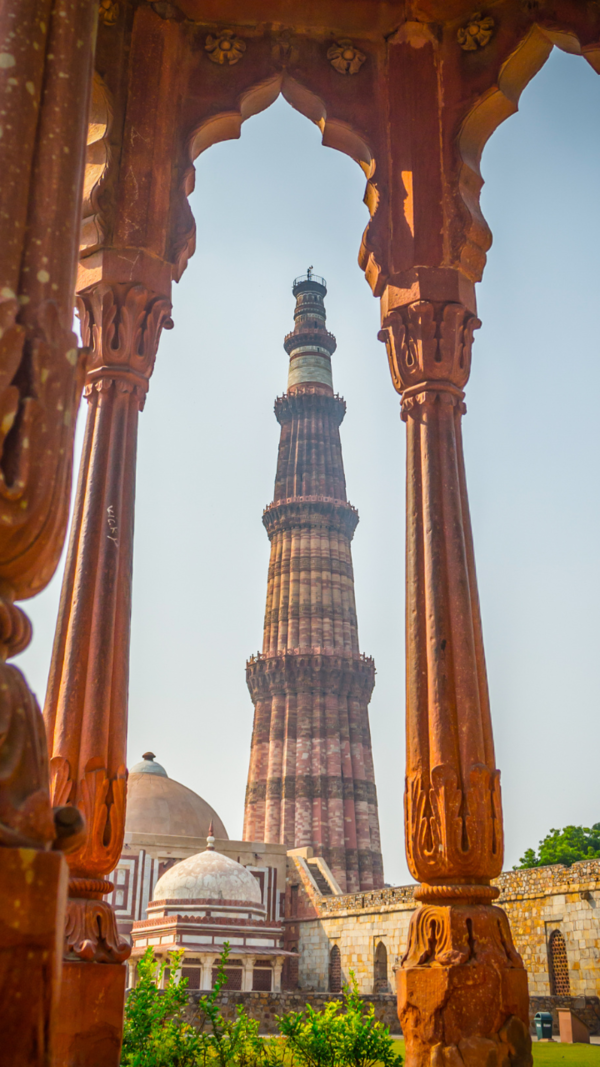7 most destructive natural disasters around the world

7 most destructive natural disasters
In recent years, natural disasters have gone from being once-in-a-while headlines to something we see far too often. Floods forcing families out of their homes, earthquakes shaking entire cities, and storms bringing daily life to a standstill– these events aren’t just stories from faraway places anymore. For many, they’re happening right outside their doors.
Despite all the advancements in science and weather prediction, nature still reminds us that it can’t always be controlled or predicted. And as our cities grow and we become more dependent on complex infrastructure, even a single extreme weather event can have devastating ripple effects. This article looks at seven major natural disasters– how they happen, what damage they can cause, and why it’s important to understand and prepare for them.

Hurricanes
Hurricanes are huge, spinning storms that form over warm ocean waters. They bring strong winds, heavy rain, and powerful waves that can flood coastal areas very quickly. Hurricanes are ranked from Category 1 to 5 depending on how fast their winds are and how much damage they can cause. Along with destroying buildings and roads, they often leave people without electricity for days and can even pollute drinking water.

Earthquakes
Earthquakes happen when large pieces of the Earth’s surface suddenly shift. This sudden movement can shake the ground hard enough to bring down buildings, roads, and bridges, often with no warning at all. After the main quake, smaller tremors called aftershocks can follow, causing even more damage. In crowded cities, earthquakes can quickly become major crises, especially if rescue teams and emergency plans aren’t ready.

Floods
Floods are one of the most common and expensive natural disasters around the world. They can happen because of heavy rain, rivers overflowing, dam failures, or fast-melting snow. Cities with poor drainage are hit the hardest. Floods can ruin homes, block roads, and spread diseases through dirty water. With climate change and fast-growing cities, serious floods are becoming more frequent than ever.

Tornadoes
Tornadoes are strong, twisting winds that drop from storm clouds to the ground. They only last a short time, but the damage can be massive. They usually show up during heavy thunderstorms and often come with little warning. That’s why in areas where tornadoes are common, it's important to have safety drills and strong shelters ready.

Tsunamis
Tsunamis are huge ocean waves, often triggered by underwater earthquakes or volcanic eruptions. They can move quickly across the ocean and grow much taller when they reach the shore. When a tsunami hits, it can flood entire areas, destroy buildings, and take many lives. Early warning systems and clear evacuation plans can help save lives, but there’s often very little time to react.

Landslides
Landslides happen when rocks, soil, or debris suddenly slide down a slope. They’re usually triggered by heavy rain, earthquakes, or the loss of trees from deforestation. In hilly or mountain regions, landslides can block roads, bury homes, and cut off entire communities. Planning how land is used and taking care of slopes can help reduce the risk.

Volcanic Eruptions
Volcanoes erupt when pressure builds up inside the Earth and hot magma, gas, and ash burst out through openings in the surface. Some eruptions happen slowly, while others are sudden and violent. Ash can block flights, lava can wipe out towns, and the air nearby can become dangerous to breathe. That’s why volcano monitoring systems are important– they help warn people before an eruption happens.








